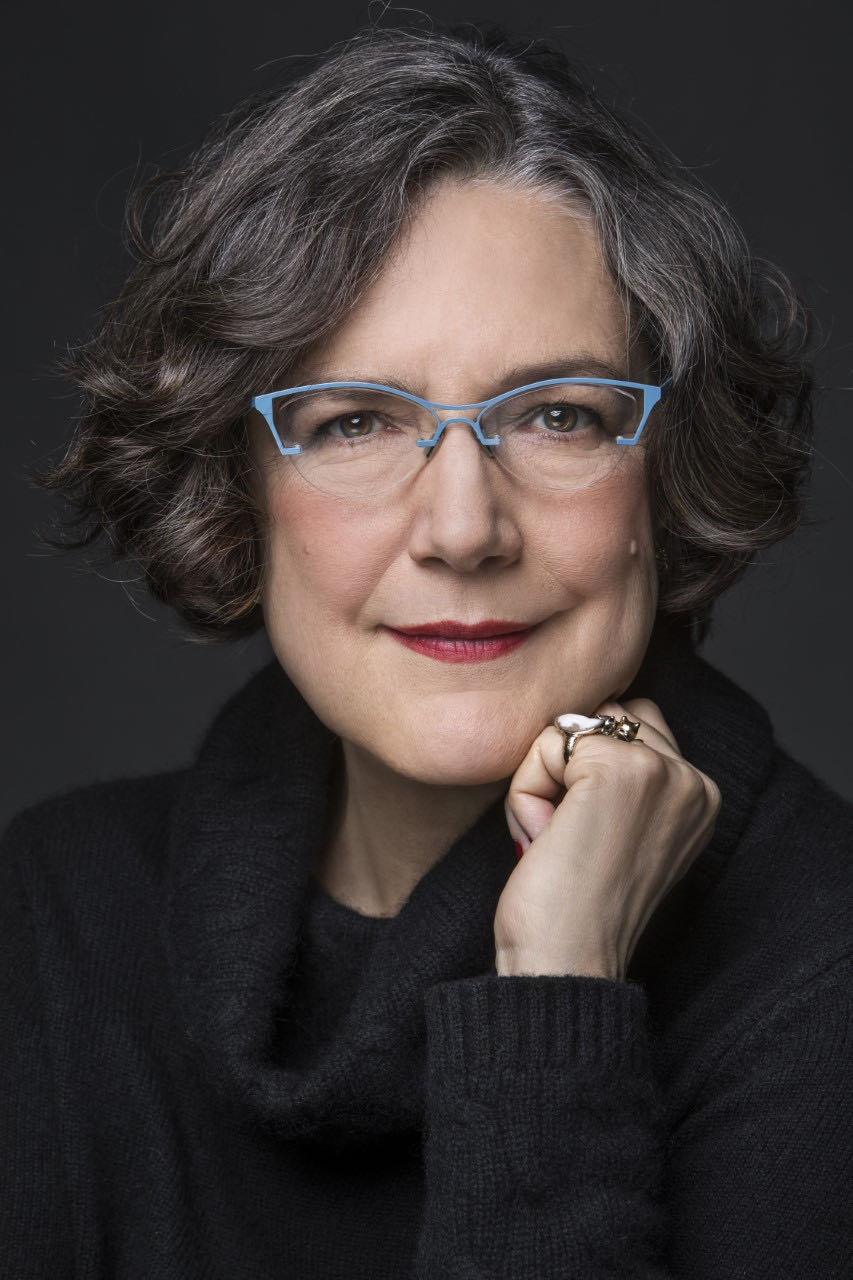This article is part of a regular series of conversations with the Review’s contributors; read past ones here and sign up for our email newsletter to get them delivered to your inbox each week.
In the Review’s May 13 Art Issue, we published “Light in the Palazzo,” Ingrid Rowland’s review of The Torlonia Marbles, an exhibition in Rome of ancient sculptures long hidden from view. Since 1876 these works, a selection from some six hundred belonging to the family of Roman aristocrat Alessandro Torlonia, had been stowed away and neglected, at first in a private museum and then for decades in storage. Only last year, after Torlonia’s death and a series of negotiations, were ninety-one of the sculptures moved to the Capitoline Museums, where they can now be seen by the public.
Rowland, who lives in Rome, is a professor of history, classics, and architecture at the University of Notre Dame. She began writing for the Review in the early 1990s, when editor Robert Silvers read her review of an exhibition on the Etruscans, written while she was on a fellowship year at the Villa I Tatti. When Rowland returned home to Chicago, she found a FedEx package in her mailbox with a book on Renaissance medals and a note from Silvers. In the decades since that first review, she has published over one hundred articles and reviews in our pages.
Rowland told me that she first visited Italy at age eight, when her family sailed from New York to Naples to see Pompeii. After another memorable trip with her father, six years later, it was a session at the American Academy in Rome her first summer after graduate school that “turned Rome into a way of life.” Rowland was a student and a young professor there during the “years of lead,” as the period of deadly political violence that lasted from the late 1960s to the 1980s became known; she told me that “seeing the country in its moment of crisis cemented my bond with it.”
Rowland’s degrees are in ancient Greek literature and classical archaeology. In her first week at the American Academy in Rome, she saw “two works of art that changed everything”: Borromini’s church of Sant’Ivo and Raphael’s School of Athens and Parnassus, where Greek antiquity meets Renaissance Italy. Rowland realized that “being interested in one subject did not mean excluding an interest in the other; intellectually, I really could have it all.”
Those capacious interests have not diminished. Rowland is currently finishing a book on Caravaggio in Rome, and another one on Plato’s sister Potone and Octavia, the sister of Augustus and wife of Marc Antony. She’ll also be teaching two courses this fall based on the Ten Books on Architecture by Vitruvius, a work that Octavia helped to sponsor. Finally, Rowland is translating two comedies by written by Curzio Inghirami around 1640. One will be performed this summer in Volterra, the famous Tuscan forger’s native city.
In her review, Rowland notes that works in the collection, being centuries old, have become fragmented and restored, sometimes by hundreds of different hands. “Archaeology turns you into an expert at reconstructing fragmentary creations, from pots to temples to cityscapes, and doing so through all the different stages that a long history will impose,” she told me, and restorations “take on the characteristics of their own time.” Though the restorers’ interventions may be “wrong,” that “doesn’t detract a bit from their charm.” The Torlonia collection features a large sheep that got a new head from the seventeenth-century master sculptor Gianlorenzo Bernini, and with it, “a whole new personality.”
What struck me in reading Rowland’s review of the Torlonia exhibition is how little about the marbles is known. But Rowland was on home territory, having long made her peace as a student of ancient languages and archaeology with a lack of information, and the fact that much of what experts surmise might be drawn from mere shreds of evidence. For her, the Torlonia exhibit evoked:
A world made up of more questions than answers…the sculptors and the people they portrayed, real and mythological, and then about the restorers who took such loving care of these battered pieces of the past, about what it was like to find such beautiful works of art in the ground, about the collectors and what Rome looked like in the various centuries when people started their collections.
Although the pandemic closed down museums in Italy, Rowland feels lucky that the city of Rome is itself an “artistic treasure, so there was always something to see even when museums were closed.” Between lockdowns, Rome’s museums, when open, have created special conditions to “fill the gap left by absent tourists; seeing the sights and eating out have become a civic duty,” Rowland told me. She’s made it to the Forum, Palatine, and the Vatican museums several times. “You can actually daydream once again on the Palatine, or stand in the Raphael Rooms for as long as you want without being trampled by the cattle drive toward the Sistine Chapel.”
Advertisement
As a student and then young professor, Rowland spent many hours at these sites, as well as in the Borghese Gallery. “But with mass tourism, that kind of long, intimate engagement with art had become impossible for years.” This is something the museum directors themselves are now realizing, she told me: for all the suffering the pandemic has inflicted on Italy, it contains this paradox—it has afforded people the chance not only to view works of art, but also to “forge a real bond with them.”



